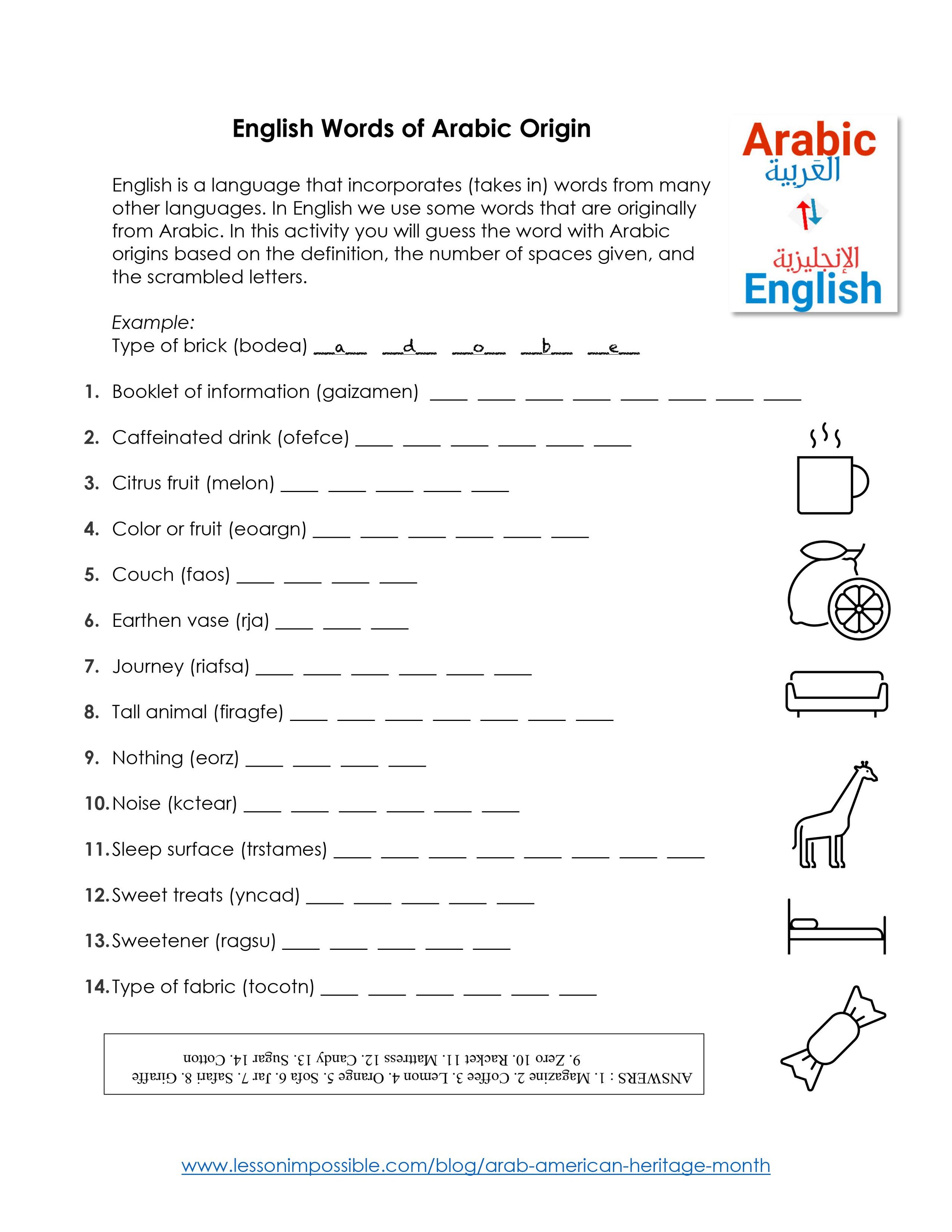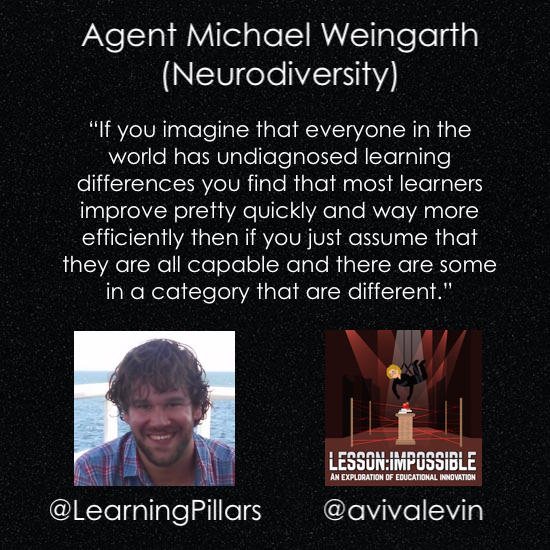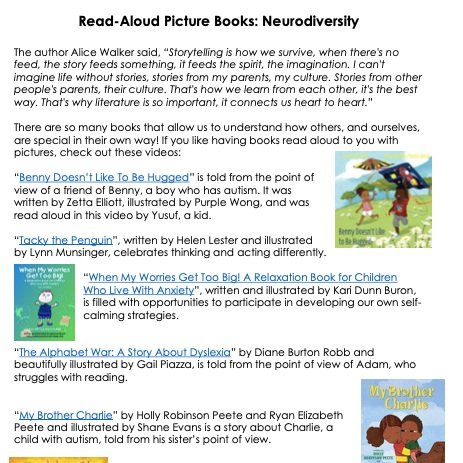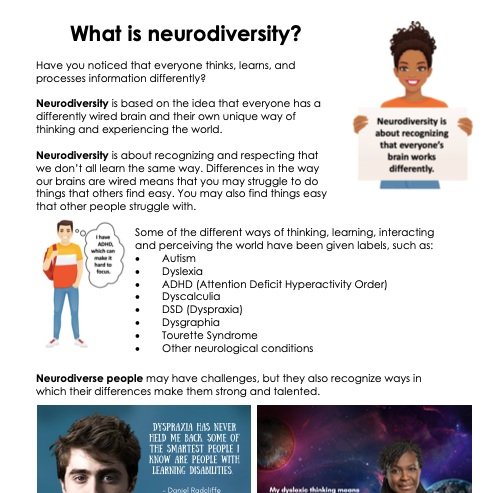Your language-teaching mission, should you choose to accept it, is to celebrate Arab American Heritage Month in your classroom during April (and all year long!).
Image source: https://www.aclib.us/blog/middle-grade-books-arab-american-heritage-month
April is National Arab American Heritage Month. This month is a great time for celebrating the history, contributions, and culture of the diverse population of Arab Americans, although we can celebrate our students’ diverse heritages any day or month of the year! People who we would today identify as Arabs (check out teachmideast.org’s article “Arab, Middle Eastern, and Muslim? What’s the Difference?”) have been coming to the United States for hundreds of years. The first wave of immigrants came between 1880 and 1924. This slowed down drastically because of restrictive immigration laws passed after World War I. Since the 1970s, the number of Arab Americans has increased rapidly due to a change in these laws, and because of wars and economic hardships in some Arab countries. Today, it is estimated that nearly 3.7 million Americans trace their roots to an Arab country.
I have a few activities that I created originally for the Edmonds School District to celebrate Arab American Heritage Month within various content areas which you can check out here. However, I wanted to highlight a couple that focus on language, and would be a fun addition to your classroom. As a language teacher I love comparing languages, and introducing students to different writing systems. Therefore, for younger students, or students that just need a calming brain-break, you can use a coloring activity that uses the Arabic alphabet to discover a hidden image. Moreover, I always love talking about how languages influence each other. Thus, I created an activity using a list of Arabic words that have made their way into English (I got the list of words from here and here) which has scrambled letters and some images for clues.
RESOURCE: Arabic Coloring Activity
RESOURCE: English Words of Arabic Origin Activity
You can also have students watch some READ-ALOUDS! In response to the COVID-19 pandemic and school closures, the Qatar Foundation International released read-alouds of various children’s books, working with authors, publishers, and writers from across the Arab world. Each read-aloud features works by Arab authors from the Arab world and Arab diaspora, in both English and Arabic. All of their exciting stories can be found on their website (www.qfi.org/read-alouds/) and on the QFI YouTube channel.
How do you celebrate Arab American Hertiage Month in your classroom? How do you introduce students to other language systems? Share in the comments!
























